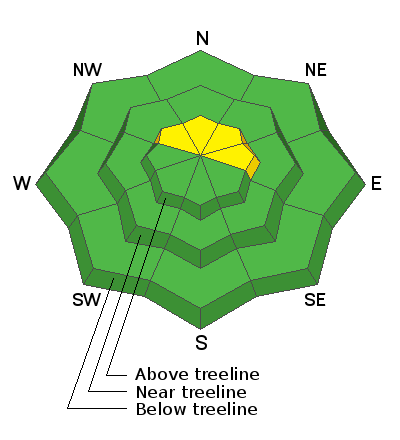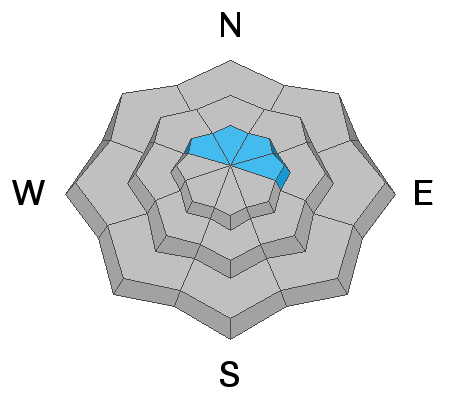Forecast for the Abajos Area Mountains

Issued by Eric Trenbeath on
Sunday morning, January 16, 2022
Sunday morning, January 16, 2022
Most terrain has generally LOW danger.
A MODERATE avalanche danger exists on steep slopes facing NW through E at upper elevations where it still may be possible to trigger an avalanche failing on a buried persistent weak layer. Likely trigger points include thin, rocky areas, slopes with steep convexities, and areas of more extreme terrain.
It's also still very low tide out there. Beware of rocks, stumps, and deadfall lurking beneath the surface.

Low
Moderate
Considerable
High
Extreme
Learn how to read the forecast here







